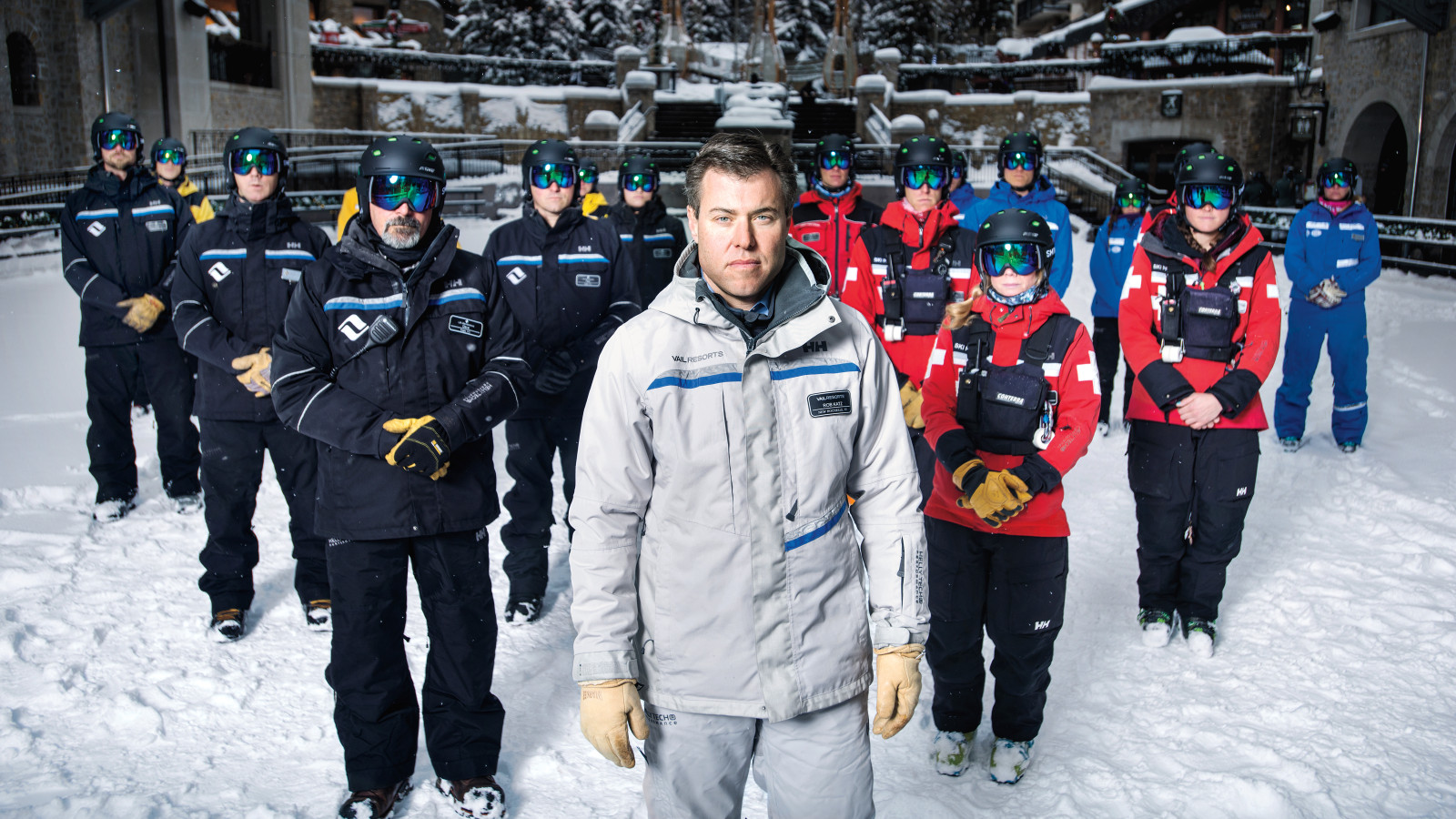
Vail Resorts, Inc. (NYSE: MTN) today reported certain ski season metrics for the comparative periods from the beginning of the ski season through January 3, 2021, and for the prior-year period through January 5, 2020. The reported ski season metrics are for their North American destination mountain resorts and regional ski areas and exclude the results of Australian ski areas in both periods. The data mentioned in this release is interim period data and is subject to fiscal quarter end review and adjustments.
- Season-to-date total skier visits were down 16.6% compared to the prior year season-to-date period.
- Season-to-date total lift ticket revenue, including an allocated portion of season pass revenue for each applicable period, was down 20.9% compared to the prior year season-to-date period, as described further below.
- Season-to-date ski school revenue was down 52.6% and dining revenue was down 66.2% compared to the prior year season-to-date period. Retail/rental revenue for North American resort and ski area store locations was down 39.2% compared to the prior year season-to-date period.
“As expected, COVID-19 has had a significant negative impact on our 2020/2021 North American ski season-to-date results. Visitation across our North American resorts declined relative to prior year levels, primarily as a result of declines in visitation from non-pass, lift ticket purchases. We expect these declines were primarily driven by reduced demand for destination visitation at our western resorts and COVID-19 related capacity limitations which were further impacted by snowfall levels that were well below average at our Colorado, Utah and Tahoe resorts through the holiday season. Visitation was particularly impacted in regions where heightened COVID-19 related restrictions exist, including Whistler Blackcomb, Tahoe and Vermont. We are pleased with the resilience of our guest demand, with local visitation at our western resorts in line with our prior year results and destination visitation supported by our strong season pass sales results leading into the season. Consistent with our expectations, our ancillary lines of business saw material season-to-date revenue declines in excess of the declines in visitation as a result of the COVID-19 limitations and restrictions, particularly in food and beverage and ski school. Additionally, our lodging revenue is experiencing quarter-to-date declines relative to prior year that are similar to our first quarter of fiscal 2021.”
“Despite the challenging environment and specific capacity impacts of COVID-19, we are pleased with our overall revenue performance compared to the prior year period, which we believe demonstrates the value of our long-term advanced commitment strategy and the loyalty of our guest base. Given the uncertainty COVID-19 has created for travel demand, operating restrictions and the ultimate visitation to and spending at our resorts, the Company will not be providing full year guidance for fiscal 2021 at this time. However, if capacity restrictions remain stable and we experience normal conditions in Colorado, Utah and Tahoe, we would expect to see improved performance for the remainder of the season.”
– Rob Katz, Vail Resorts CEO
Basis of Presentation
The reported ski season metrics include growth for season pass revenue based on estimated fiscal year 2021 North American season pass revenue compared to fiscal year 2020 North American season pass revenue. Fiscal year 2020 season pass revenue was adjusted to exclude the impact of the deferral of pass product revenue as a result of pass holder credits offered to 2019/2020 North American pass holders. Fiscal year 2021 season pass revenue does not include the pass product revenue recognized in the first quarter of fiscal year 2021 as a result of unutilized pass holder credits. This approach results in a year over year comparison of season pass revenue exclusive of the impact of discounts provided to our 2019/2020 pass holders. The metrics include all North American destination mountain resorts and regional ski areas and are adjusted to eliminate the impact of foreign currency by applying current period exchange rates to the prior period for Whistler Blackcomb’s results.
Yet Vail stock is near an all time high. Trading at a PE over 200.